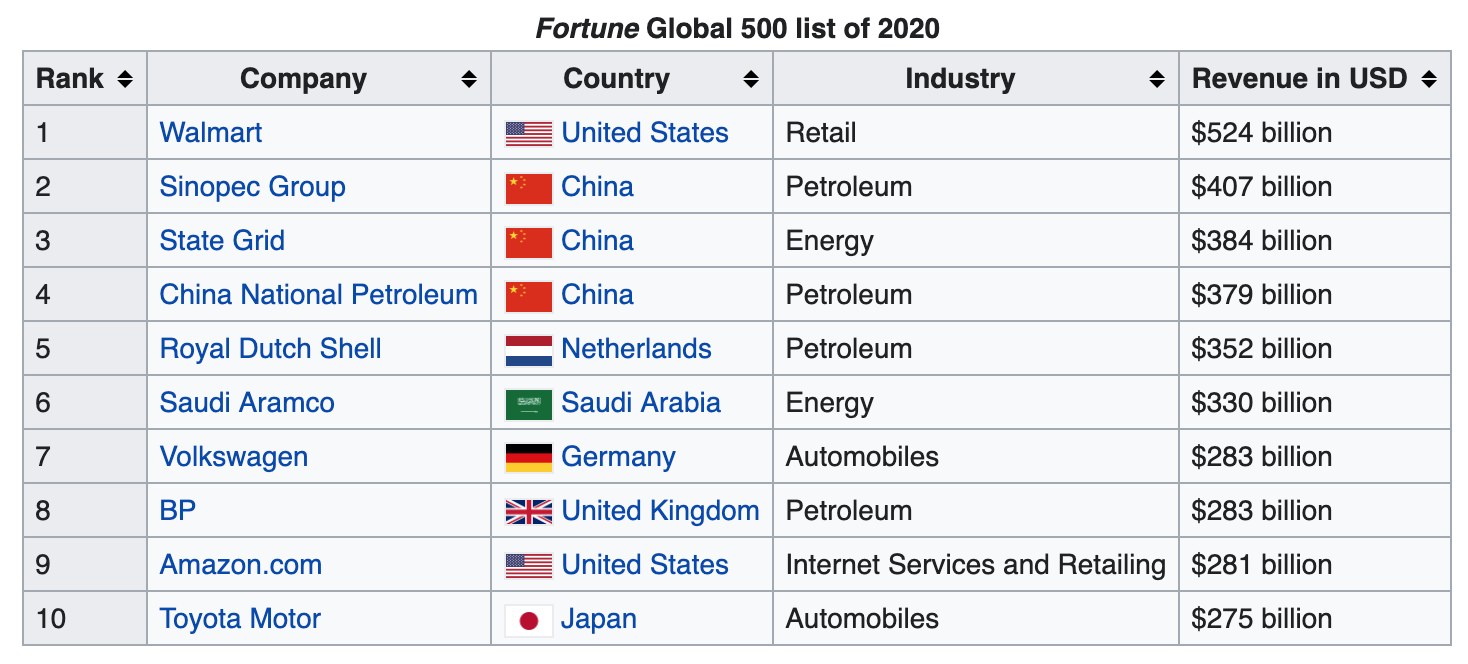21.5: Globalization
- Page ID
- 138909
Globalization is characterized by the increased foreign investment by transnational corporations, privatization of state enterprises, free movement of capital across national borders, and a reduction of tariffs that impede the movement of products. A wave of deregulation accompanied these changes, as nations competed to attract businesses that were suddenly free to locate themselves anywhere resources, labor, and environmental costs were lowest.
Russia
In the early 1990s, after the Soviet breakup, Russia began exporting millions of barrels daily into the world market. In Russia, the political elites were suddenly able to buy up state-owned assets the government was selling at sale prices. These opportunities were especially lucrative when Boris Yeltsin was president, and Vladimir Putin the Prime Minister. Putin’s friends and allies did extremely well in the sell-off of Soviet state industries. With the spike in oil prices in the early 2000s, these men made vast fortunes and became some of the billionaire oligarchs who run the Russian economy for their own benefit today. Putin’s net worth in 2018 was estimated at around $200 billion, or about twice the wealth of Jeff Bezos (founder of Amazon) and four times that of Bill Gates (founder of Microsoft).
Since 2000, President Putin has proved a brilliant political strategist, playing on anti-western resentment and Russian nationalism to buoy popular support for his regime, run by “his” political party, United Russia. While opposition political parties are not illegal, United Russia has been in firm control of the entire Russian political apparatus since shortly after Putin’s election. Opposition figures are regularly harassed or imprisoned, and many opposition figures have also been murdered. Some of the oligarchs were also reined in, while some oligarchs were instead incorporated into the United Russia power structure.
Unlike many of the authoritarian rulers of Russia in the past, Putin was (and remains) hugely popular among Russians. Media control has played a large part in that popularity, as has the wealth of money coming from oil prices. Further boosts to his popularity came from Russia’s invasion of the small republic of Georgia in 2008 and, especially, its invasion and subsequent annexation of the Crimean Peninsula from Ukraine in 2014. While the latter prompted western sanctions and protests, it was successful in supporting Putin’s power in Russia itself. At the time of this writing (April 2022), the Russo-Ukrainian War is occurring, and there are some indications that Putin's popularity might be wavering.
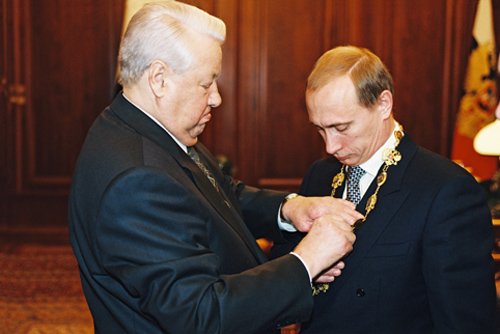
Japan
An important element of the shift away from U.S.-centered globalization was the growing economic power of Asia. After World War II, Japan’s economy was jump-started by U.S. aid including a $2 billion direct investment while not asking for war reparations. Japanese goods were also given preferential access to U.S. consumer markets, so the Japanese economy focused on low-wage industries producing products for export to the U.S. The United States no longer considered Japan a threat, but rather a potential ally against communist China. The Japanese people complied with their government’s new industrial policy. Japan reinvested its earnings and rapidly grew from a producer of cheap knock-off copies of American products to an innovator in high technology.
China
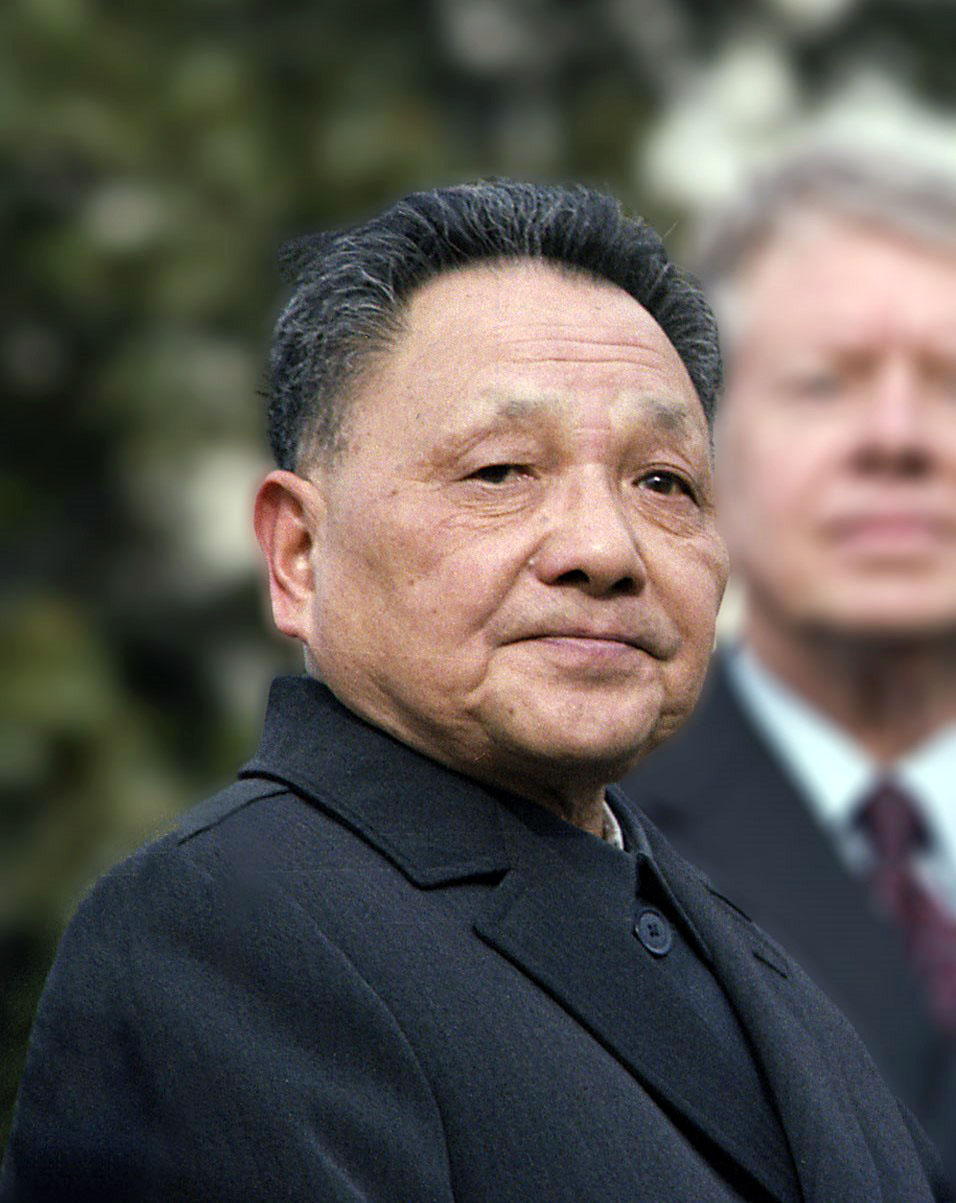
After the death of Mao Zedong in 1976, Deng Xiaoping gained and China began shifting toward a market economy in which the government would direct development with incentives rather than decrees and directives. In addition to a plentiful supply of cheap labor, China had high savings rates and Deng’s devaluation of the nation’s currency allowed Chinese savings and foreign exchange surpluses to be invested in securities like U.S. government bonds. As this happened, China became the world’s bank, as nations like the U.S. fell deeper into debt. Finally, a rising standard of living in China created a new middle class and a huge consumer market.
In 2002, ninety percent of the Chinese population lived in poverty. By 2012, the number of poor in China has been reduced to twenty-nine percent. Two-thirds of the poor (nearly a billion people) have improved standards of living. At that time, scientists predicted that only 16% of the Chinese people would be living in poverty in 2022. This income demographic is what we would see in nations like the U.S.
China is becoming a dominant force in the world economy once again, and the increased spending power of the Chinese people is beginning to drive the global market. Chinese demand for items like automobiles is expected to outpace the rest of the world for the foreseeable future. Foxconn, which began as a manufacturer of low-tech items like computer cases, has become a nearly $5 billion manufacturer of the highest tech items like Apple iPhones and computers. Lenovo, which began as a Hong Kong PC clone company in 1984, has been the world’s largest personal computer maker since 2013. Lenovo acquired IBM’s PC division in 2005, and the famous IBM ThinkPad became a Chinese product. In addition, Lenovo was the world’s largest cell-phone maker until 2016 when it was overtaken by Apple and Samsung.
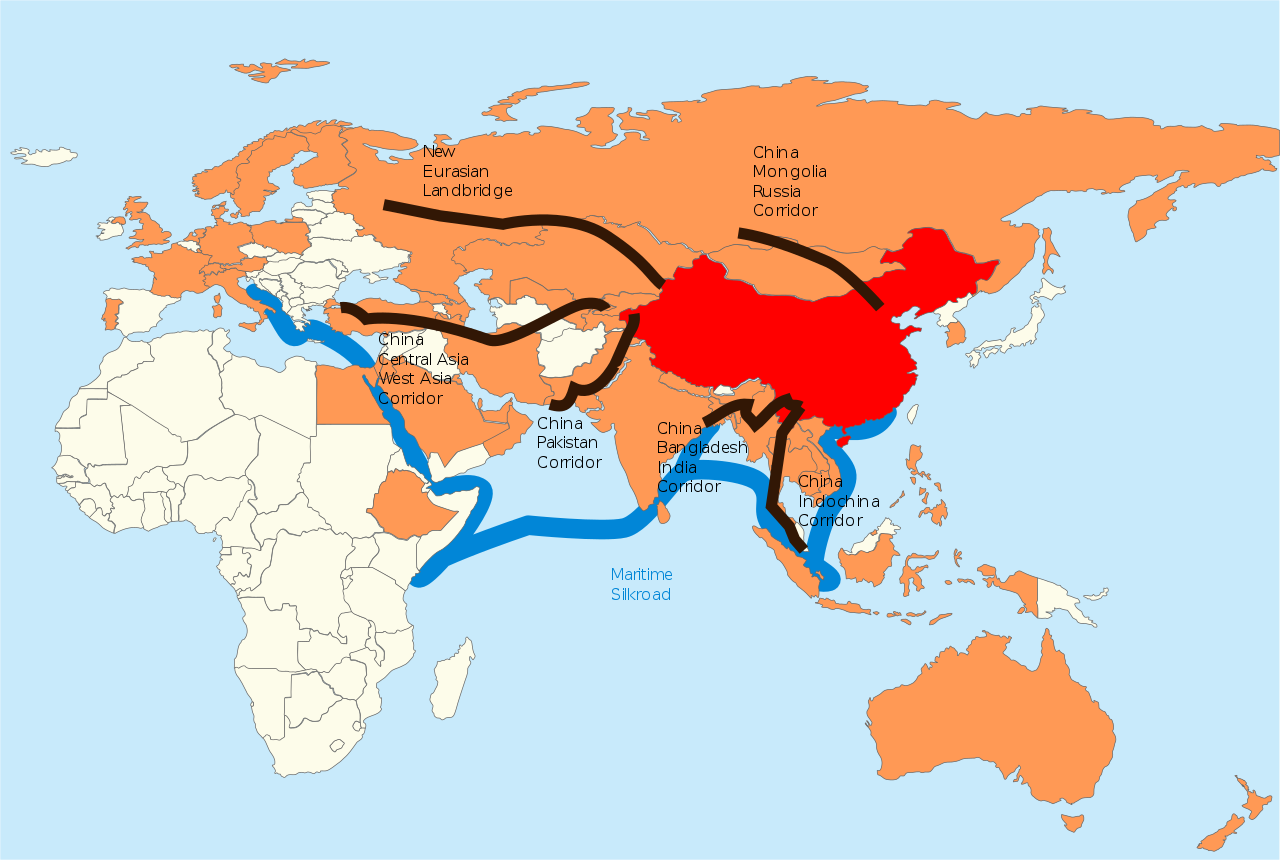
As Chinese purchasing power increases, world industry will be challenged with producing consumer goods without exhausting finite resources or destroying the environment. Chinese cities have been known for their pollution, especially for their poor air quality. Hopefully, Chinese interest in projects such as the Belt and Road Initiative, which seeks to connect China with the rest of Asia, Europe, and Africa in a “New Silk Road”, will include a commitment to the environments in which China finds its natural resources and markets for consumer goods.
Trans-Pacific Partnership (TPP)
Although the TTP was part of the 21st century (and perhaps should be in the next chapter), it makes more sense to address its impact on globalization here.
Influenced by the creation of NAFTA, the Trans-Pacific Partnership (TTP) was established in 2016. It sought to eliminate tariff and regulatory barriers to trade between most of the nations on the Pacific rim, and create a common market between Asia and the west coasts of North and South America. TPP would also establish an Investor-state dispute system that would allow global corporations to sue countries for practices they deem to be discriminatory. In other words, if a national government tries to set a national minimum wage, mandate worker rights or safety regulations, or protect the environment, corporations can sue to have the laws changed or can demand compensation for their “losses”.
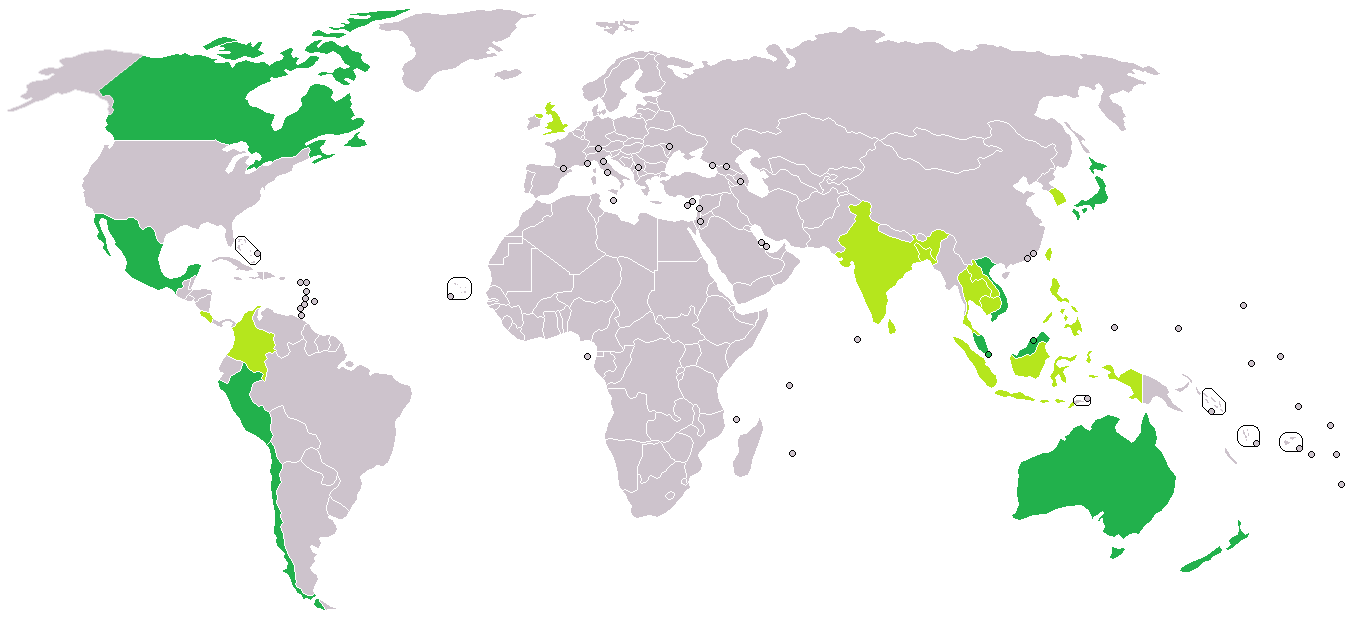
According to some critics, this action raises the status of corporations to make them equal or even superior to sovereign nations. Further, some corporations might sue in an “Investor Court” that would favor their economic interests instead of the rights of citizens, the environment, or other local concerns. Ironically, NAFTA already includes an investor-state court system for the U.S., Canada, and Mexico, but since most of the companies that would use this system are U.S.-based, it is not seen as being an issue for Americans. TPP would be a much bigger source of lawsuits from transnational corporations not originally based in the Americas, which generally have higher minimum wages, worker safety standards, and/or environmental regulations.
In January 2017, President Trump withdrew the United States from TPP. Some people applauded it, such as Senator Sanders who said, “For the last 30 years, we have had a series of trade deals…which have cost us millions of decent-paying jobs and caused a ‘race to the bottom’ which has lowered wages for American workers.” On the other hand, mainstream Republicans like Senator John McCain criticized what he called “a troubling signal of American disengagement in the Asia-Pacific region at a time when we can least afford it.” Interestingly in the last five years of his life, McCain’s campaign committees raised and spent about $17 million dollars, mainly from corporations like General Electric and Pinnacle West Capital that had an interest in the success of TPP. This action has given rise to a growing sense among regular people that U.S. political parties are under the control of their political donors, and no longer governing for the people.
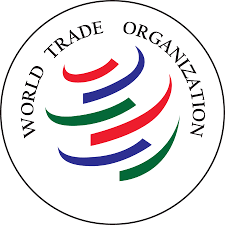
World Trade Organization
Globalization has been driven by the removal of protectionist trade policies around the world. This trend began in 1947 with the General Agreement on Tariffs and Trade (GATT), a free-trade agreement of 23 non-communist nations. From 1947 to 1999, GATT reduced average tariff levels between member nations from 22% to just 5%. The World Trade Organization (WTO) that followed GATT is a more permanent agreement that covers trade in services and intellectual property, as well as physical products.
Headquarters in Geneva, Switzerland, the WTO has 164 member states. Although the WTO’s charter calls on it to “ensure that trade flows as smoothly, predictably, and freely as possible” throughout the world, critics argue it favors rich nations over poor nations. This idea can be found in its binding arbitration processes that function like an international trade court, whose decisions take precedence (priority) over local or even national court judgments. The process is designed to take a year (or 15 months with appeals). According to the WTO, since 1995, over 500 disputes have been brought with more than 350 disputes settled. Most of these rulings have benefited transnational corporations, often at the expense of workers, consumers, and the environment.
Concluding Thoughts
Transnational corporations are uniquely suited to take advantage of this new world economy. Technically, there are about 50,000 global corporations. But the number of corporations that are as important as states in the world economy is a bit smaller. In 2020, Fortune Magazine Global 500 was topped by Walmart, Sinopec Group (a Beijing-based oil and gas company), State Grid (the Chinese national electric company), China National Petroleum (another Beijing-based oil and gas company), and Royal Dutch Shell Toyota. The next five on the list are Saudi Aramco (oil company), Volkswagen, BP, Amazon, and Toyota. Placement on this list is based on revenues, which is similar to the GDP used to measure the size of national economies. If Walmart was a nation, it would be larger than all but 23 of the 211 members of the United Nations.
